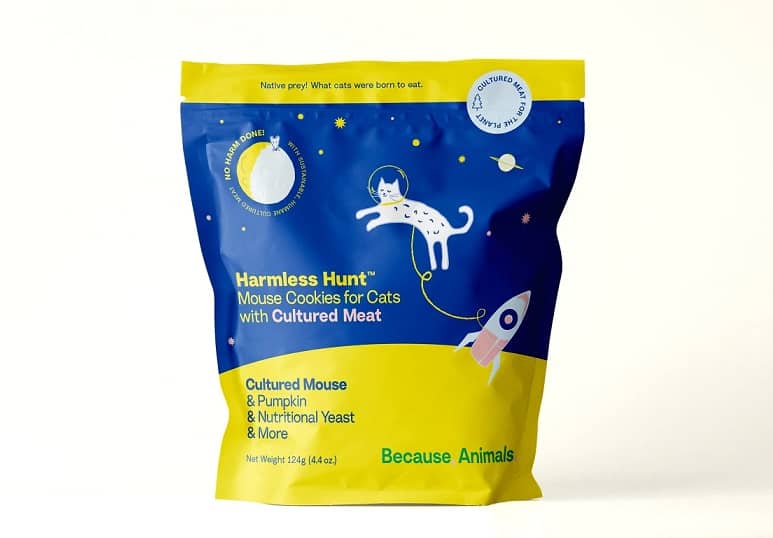A new report published by ProVeg International reveals a high level of acceptance of cultivated meat as pet food. The results show that portraying cultivated meat as pet food before portraying it as human food potentially reduces levels of acceptance by 10%.
As the subject of cultivated meat begins to enter mainstream consciousness and we head towards regulatory approval in different markets, more and more producers and organisations are keen to gauge the level of consumer acceptance towards this novel food coming into our lives.
To this end, the report, called “Cultivated Pet Food for Cats and Dogs”, surveyed a thousand UK residents about their perception of cultivated meat as pet food, compared to cultivated meat as human food.

“People are potentially put off by the idea of eating cultivated meat if they first learn that it’s fed to pets and then later told that it’s sold as human food as well,” comments Stephanie Jaczniakowska-McGirr, Director of Corporate Engagement at ProVeg.
“The food industry needs to take this into consideration to ensure that cultivated meat makes the maximum impact on the market when regulatory approvals are granted,” she adds.
Strong interest from pet owners
When presented with a description of cultivated meat, 47% of people with feline companion animals and 48% of those with canine companion animals responded that they would “probably” or “definitely” feed cultivated meat to their pet.

However, the report highlights a clear need to frame cultivated meat as human food first:
- Of the respondents who saw cultivated meat framed as human food first, 47% said they would eat it. Of those who saw cultivated meat framed as pet food first, just 37% said they would eat it.
- Of those who saw cultivated meat framed as human food first, 46% said they would buy it. Of those who saw cultivated meat framed as pet food first, just 37% said they would buy it.
- Of those who saw cultivated meat framed as human food first, 45% expected the product to be tasty. Of those who saw cultivated meat framed as pet food first, just 34% expected the product to be tasty.

ProVeg suggests the disparity is likely due to the fact that pet food is perceived as inferior to human food, since most conventional pet food is largely composed of animal offal and remnants of slaughtered animals such as bones, organs, blood, and beaks.
“Considering that cellular agriculture offers the opportunity to transform our food system for the better, governments have a major role to play in accelerating progress in the field, for instance by funding open-access research to address knowledge gaps and building national cellular-agriculture ecosystems. As cellular agriculture progresses, it is important to provide more scientific evidence on health and safety aspects of cultivated meat in order to increase people’s positive perceptions of the product,” the report concludes.
Read more about the grizzly reality of conventional pet food here, as told by Dr Ernie Ward, and read the opinion of Rich Kelleman of Bond Pet Food here, regarding the need for cultivated meat for pets.






